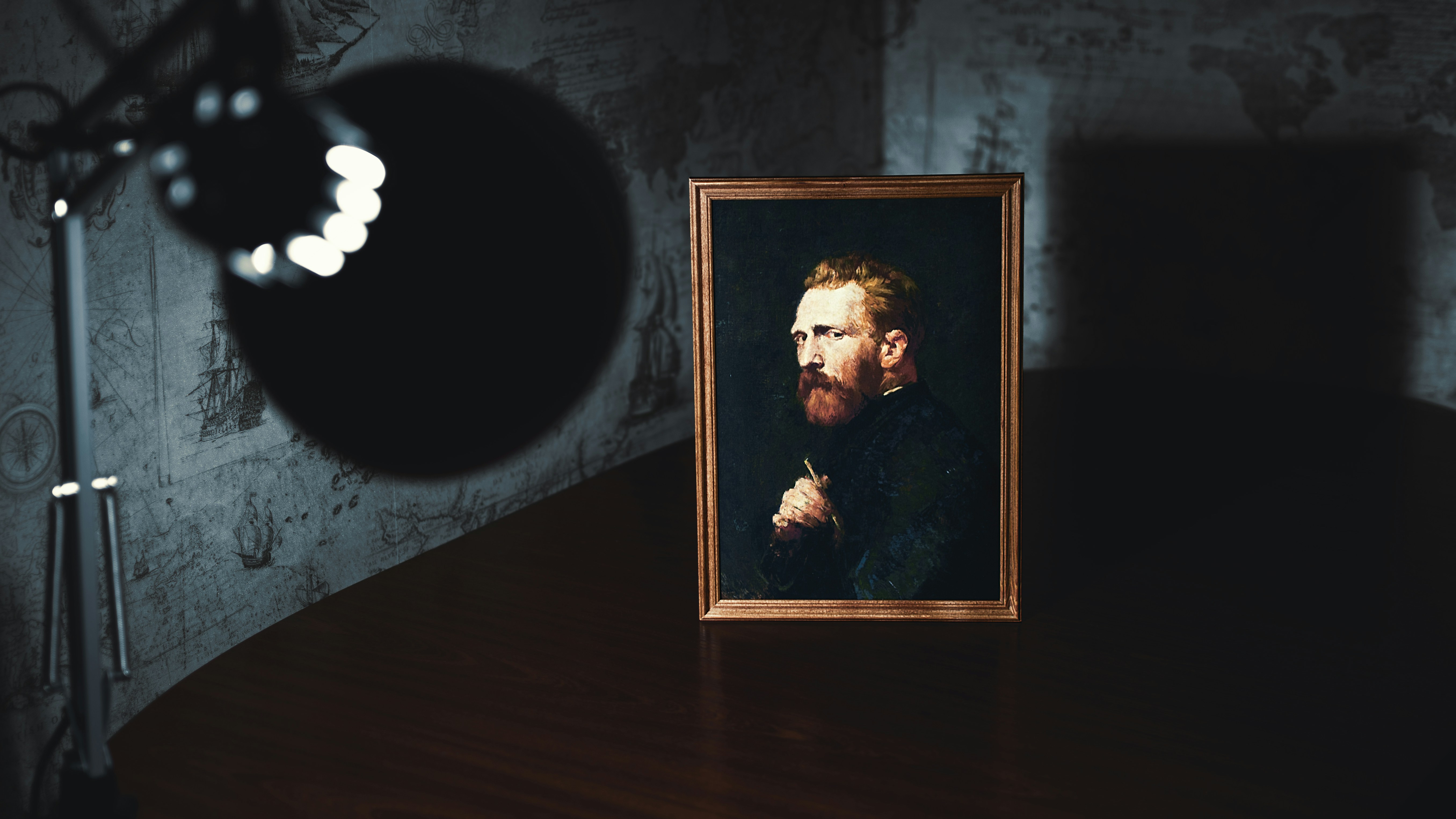
THE ART SYSTEM: WHO DECIDES WHAT IS ART AND WHY IT REALLY MATTERS
Whether you want to turn your creativity into a profession and become a full-time artist or you prefer to admire masterpieces of yesteryear and dream of one day owning some of them, there is one thing you have to take into absolute consideration: the art world is not just a universe of colours, shapes and ideas, but a complex system in which various forces and actors operate to determine what is worthy of attention and achieves fame.
So, behind every work exhibited in a gallery or sold at stratospheric prices at auction, there is an intricate play of power, interests and passions.

In this article we will try to guide you through the invisible dynamics of an organism that not only reflects, but often anticipates changes in society, transforming individual expression into a global phenomenon.
It is no coincidence that the term "art system" is used to delineate the complex ecosystem composed of different actors regulating the production, distribution, valorisation and enjoyment of works. Its sphere of influence extends transnationally and involves multiple professionals: from artists to curators, from galleries to museums to collectors.
Here is a brief analysis of some of these figures and the mechanisms of its functioning: a kind of small "bignami" of the art market by Spaghetti Boost.

THE PROTAGONISTS OF THE ART SYSTEM
Artists: at the basis of the structure are obviously the creators of the works who can work independently or be represented by galleries. Their success in terms of the market depends largely on the recognition they manage to obtain from the other players in the system.
Curators: they are responsible for selecting works and organising exhibitions in museums, galleries or in temporary exhibition contexts such as biennials and fairs. They interpret the work of artists by creating narratives and connections between works that can deeply affect the perception of the public and the market.
Art critics/specialist journalists: they analyse, explain, write reviews of works and exhibitions. Their opinion influences an artist's reputation and the value of his or her work.
Galleries: a crucial element of the system, they act as intermediaries between artists and the market. They select who to represent and promote, set up exhibitions and manage the sale of creations. They also play a key role in building a creative's career: exhibiting in a prestigious gallery guarantees visibility and usually a greater demand for works from collectors.
Museums and cultural institutions: they play a role in legitimising and preserving works. Presenting oneself in such contexts marks an important step in an artist's career, just as on the other hand museum acquisitions are a strong signal to the market that leads to an increase in the value of works.
Collectors: those who buy works. They are divided into private and institutional (e.g. corporate collections or investment funds). Influential collectors also play an active role in defining artistic trends, financially supporting emerging artists or specific movements: very often the works they collect are lent to museums or displayed in exhibitions, thus contributing to the enhancement of a creative artist's reputation.
Auction houses: they facilitate the transaction of works by acting both in what is called the primary market (direct sale by the artist or gallery) and in the secondary market (resale of previously acquired works). Auctions in particular are an important thermometer of the system, as the prices at which works are awarded influence the public's evaluations and perceptions of individual artists.
There are also other players that populate this complex ecosystem: we discuss them together with a description of some of the dynamics that make the art market anything but static, but rather sensitive to cultural, economic and political changes in society.

THE MAIN DYNAMICS OF THE ART SYSTEM
Market: a noun sometimes used as a synonym for the whole system, it is governed by economic laws such as those of supply and demand, but also by more immaterial factors such as reputation and the symbolic value of works. As already mentioned, it is divided into primary market (works sold for the first time) and secondary market (resale). The price of an individual work can vary significantly and is influenced by exhibitions, reviews, museum acquisitions and the interest shown by collectors.
Biennials and fairs: together with many other types of events, they are of great importance in the international art calendar. Events where there is no direct sale of works, e.g. biennials, are events where curators or art directors select creatives representing the most relevant trends in contemporary art. Fairs, such as Art Basel or Frieze, on the other hand, are commercial platforms where galleries usually exhibit and sell, creating a meeting point between artists, gallery owners, collectors and curators.
New technologies: a separate chapter in the narrative deserves the so-called, if now untrue, ‘new’ technologies.

In recent decades, the art system has been confronted with the increasing use by users of online platforms, social media and even digitally created works, which have raised questions about how works are made, distributed and sold. While this has opened up new markets and opportunities for artists, it has also created challenges and sparked debates on, for example, the need to adapt conservation practices and the recognition of digital works as part of the artistic heritage.
The digital race has also contributed to the complexity of one of the central dynamics of the system that has already emerged in the course of our discourse: the construction of an artist's career that passes through various stages of legitimisation.
From the beginning in emerging galleries to exhibition in prestigious museums and sale at major auctions, the path of a creative artist is marked by recognitions that determine his or her value and fame. Those responsible for these processes are all too often third parties who may have a multiplicity of interests that influence their choices.
If you do not want to rely solely on chance and luck for your artistic project, it is essential to get support from a company that can best showcase your talents.
A radio and television personality, digital content creator, writer for various newspapers and author of the book ‘Arte Queer. Corpi, segni, storie’ published by Rizzoli, Elisabetta Roncati has decided to combine a university business/management education and a passion for culture with a single goal: to bring people closer to art in a clear, easily understandable and professional manner. Interested in all forms of artistic and cultural expression, contemporary and otherwise, she has two great passions: non-European art and civil rights. In 2018 she founded the registered trademark Art Nomade Milan with which she is involved in digital dissemination on the main social media (Instagram and Tik Tok @artnomademilan).



